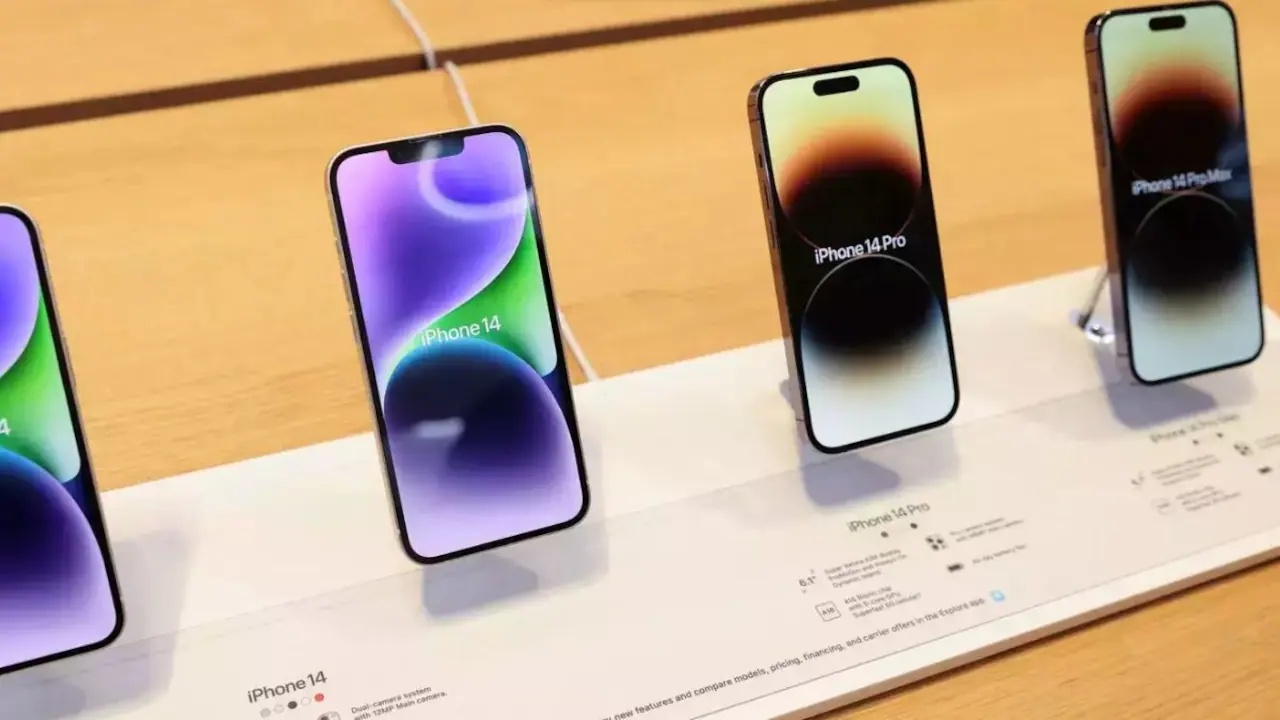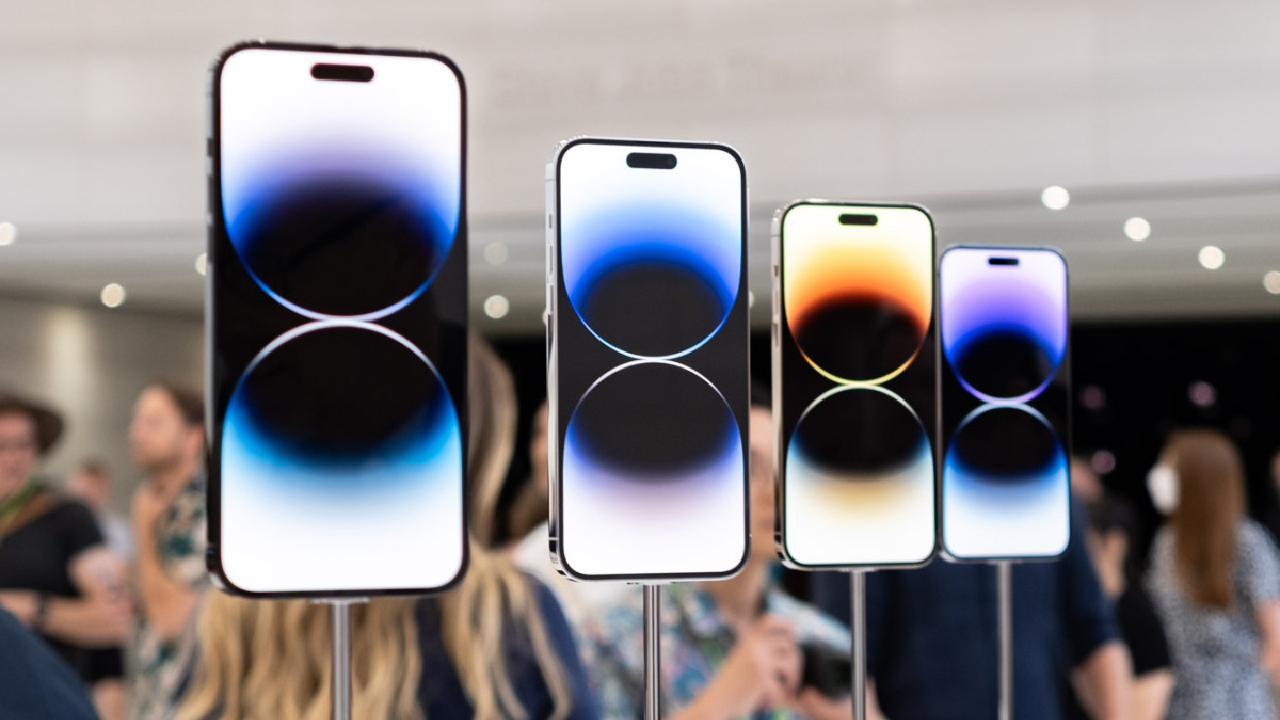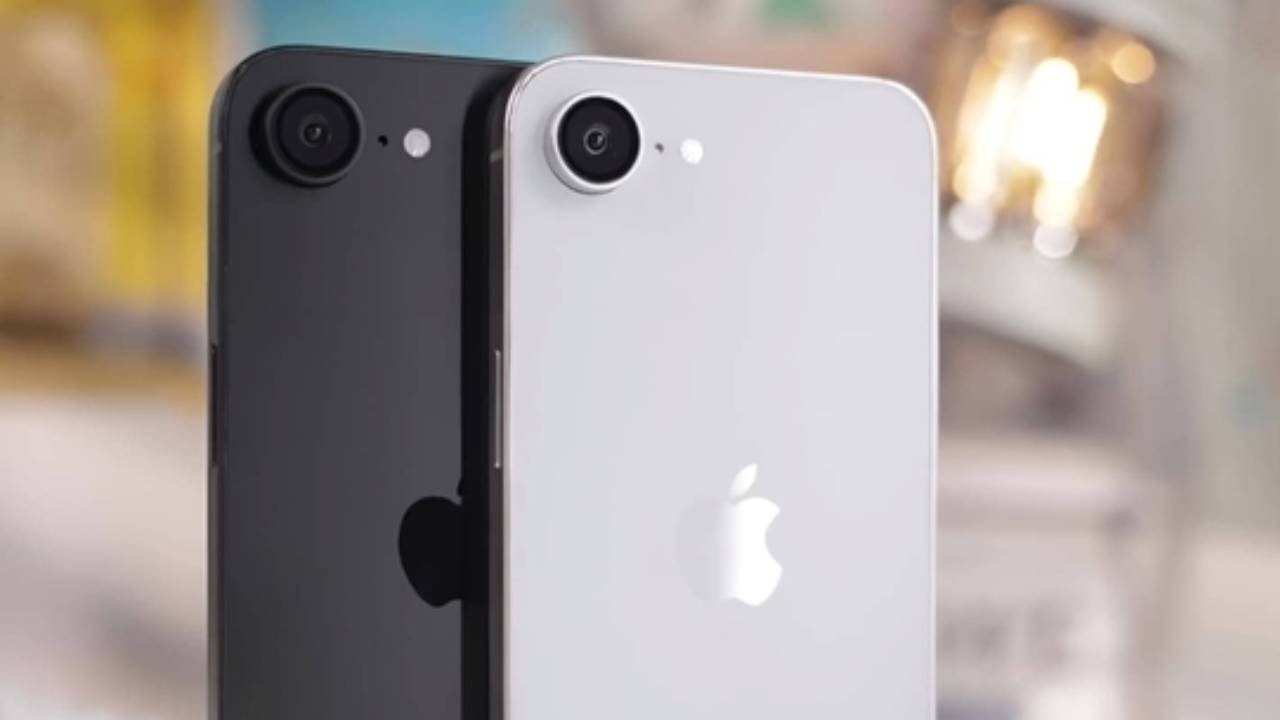Apple recently introduced the iPhone 16e model and officially discontinued the iPhone SE 3. With this move, the company has completely ended the production of small-screen iPhones. Apple will no longer offer any models with screens smaller than 6 inches. But why did Apple decide on this strategy? Will there be a smaller model in the future? Read on for more details…
Apple Ends the Era of Small-Screen iPhones! The iPhone SE 3 is the Last Small Model to be Discontinued
You may remember that Apple launched its first iPhone in 2007 with a 3.5-inch screen. For many years, the company kept the screen size between 4 and 5 inches. In 2020, Apple tried to revive compact phones with the 5.4-inch iPhone 12 mini, but this model’s sales fell short of expectations. As a result, the iPhone 13 mini marked the end of this series.

The iPhone SE 3 (2022 model) was introduced for users who wanted a small screen. However, with the discontinuation of the SE series, Apple’s smallest screens are now the 6.1-inch iPhone models. Here’s a summary of Apple’s screen sizes throughout its history:
- 3.5 inches – First iPhone (2007)
- 4 inches – iPhone 5 series (2012)
- 4.7 inches – iPhone 6 and SE series (2014, 2016, 2022)
- 5.4 inches – iPhone 12 mini and iPhone 13 mini (2020, 2021)
- 5.8 inches – iPhone X and iPhone 11 Pro (2017, 2019)
- 6.1 inches and above – Current iPhone models
The newly introduced iPhone 16e model comes with a 6.1-inch display, likely replacing the SE series. Currently, Apple’s smallest-screen phones are the iPhone 15, iPhone 16e, iPhone 16, and iPhone 16 Pro models. For users who prefer larger screens, options such as the 6.7-inch iPhone 15 Plus and iPhone 16 Plus, and the 6.9-inch iPhone 16 Pro Max are available.
Why Did Small-Screen iPhones End?
Apple’s decision is driven by several key reasons:
- Low Sales Figures: The iPhone 12 mini and iPhone 13 mini did not achieve the expected sales success. Users generally preferred larger-screen phones.
- Increased Content Consumption: Larger screens are more popular for activities like video watching, social media, and mobile gaming.
- Battery Performance: Smaller phones use smaller batteries, which results in shorter battery life compared to larger models.
- Production Costs: Producing different screen sizes increases costs for Apple, and continuing models with low sales doesn’t make economic sense.

For these reasons, Apple has completely abandoned small-screen phones and streamlined the iPhone lineup. Currently, there are no leaks or hints suggesting Apple is working on a smaller iPhone. However, if market dynamics change in the future, Apple might reconsider developing a smaller model.
Do you think Apple made the right decision by completely abandoning small-screen phones? What alternatives are there for users who prefer smaller phones? Share your thoughts in the comments section below…














